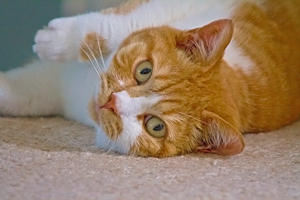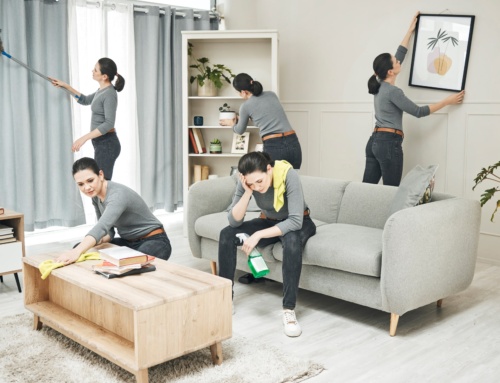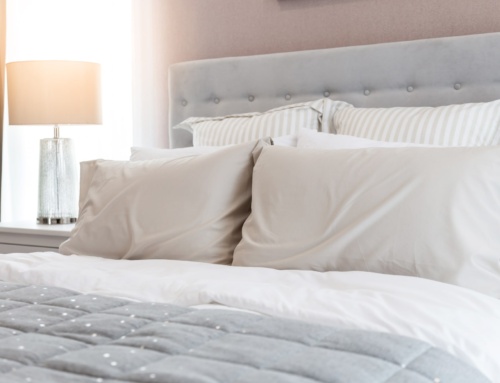
Keep Your Home Flea Free
Having pets is great and can be very rewarding, but sometimes your pets can bring their little friends home to play with them … and we’re not talking about next door’s kitten.
We’re talking about fleas – cat fleas to precise, since all animals get the same type.
About fleas
Fleas are not welcome in anyone’s household. They are persistent, blood-sucking parasites that can carry disease. They are usually so small and so fast-moving that it’s difficult even to know if your house has an infestation until you notice their unpleasant bites.
Fleas are tiny, dark-brown wingless insects around two millimetres in length. They move around by jumping – a flea’s back legs are so powerful in one single leap they can jump 160 times their own body-length, which is equivalent to an Olympic long-jumper jumping a kilometre.
The best way to check if your house has fallen victim to fleas is to check your pet’s coat for the parasite, especially at the back of the neck and lower stomach. Fleas also bite humans, so if you or any member of your family finds groups of pin-prick-like wounds on their skin, especially on the legs, then it’s time to give your pet a check.
Consult your vet and treat your pet before starting the clean-up operation.
Get washing
The first thing to do is to wash any bedding, blankets or covers that your pet regularly uses. If the infestation is pretty bad, you may be better off throwing the bedding away, or anything else your pet regularly comes into contact with. Anywhere your pet regularly sleeps will need a wash too, so strip off those sofa cushions.
If you or any member of your family has suffered fleas bites, you need to wash their sheets and any bedding as well. Fleas eggs are especially hardy, and it takes a lot of effort to destroy them, so go for the highest temperature you dare to use.
Use an insect spray
Insect growth regulators such as methoprene or pyriproxyfen can be sprayed on areas where you think the flea infestation has spread. The chemicals prevent the flea larvae from turning into adult fleas. Spray the areas according to the instructions. Normally, a slow, sweeping movement is needed to cover all of the carpet and soft furnishings. It’s wise to do this with windows wide open and all children/ animals packed off to grandma’s.
Your vacuum cleaner is your friend
Vacuum cleaners are the best way of getting rid of fleas, eggs and larvae. Start with a clean vacuum bag and vacuum like you’ve never vacuumed before. Make sure your pets are outside so any fleas they have don’t jump back into areas you’ve just vacuumed. Fleas like areas that are dark and cool, so vacuum in dark corners, and anywhere where you spot flea faeces (tiny black dots of dirt) or dried blood. Drag the furniture out, hoover the mattress and give the curtains a good going over. Once you have finished, seal the vacuum bag in a air-tight, plastic bag and throw it away in your outside bin.
Give your pet a bath
Your pet is probably covered in fleas, larvae and eggs, so the only way to get rid of the whole lot is to bathe your pet. You can buy special flea shampoos, but try to pick one that does not contain conventional insecticides, as they can irritate your pet’s skin. Natural alternatives are available.
With a dog, the bath will be fine, but if you have a cat, you will need a strong pair of extra hands to help out with the bathing. Consult your vet if you’re worried about this.
Regular cleaning
Once your have mastered the infestation, prevention is the best cure to prevent a new invasion. Invest in a flea collar, or flea prevention treatment, and speak to Efficient Cleaning about having us deep clean your home on a regular basis. Not only will your home remain flea-free, your pet will be much happier and healthier to be flea-less.


